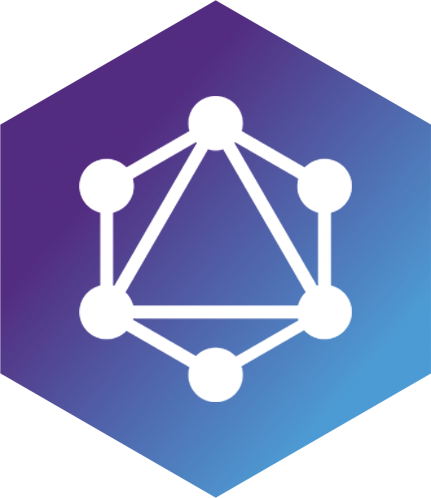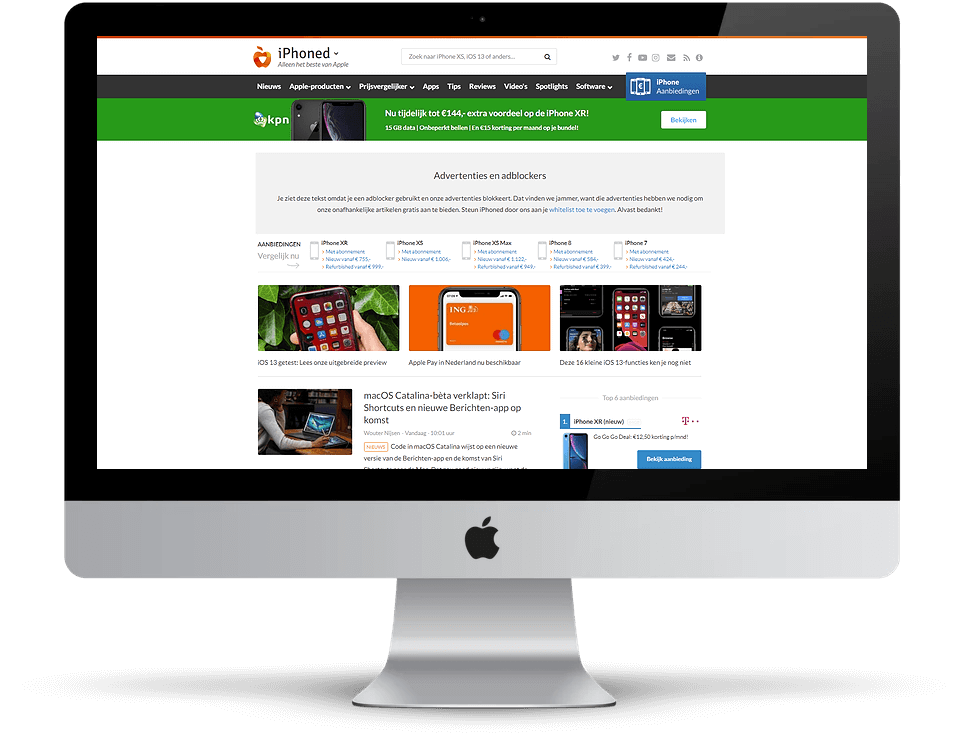GraphQL is an incredibly efficient way of querying exactly the data you need. With the older REST, you often had to deal with over- and underfetching but this does not actually occur with GraphQL. The real secret is that GraphQL ensures that both the developer and the end-user application only load the relevant and absolutely necessary data, even if it comes from multiple sources. It is no longer necessary to retrieve (and then parse) a whole block of information, you only get exactly what you ask for.
GraphQL
GraphQL was developed by Facebook in 2012, because the team needed a powerful API to efficiently query data for mobile applications. In 2015, Facebook released GraphQL publicly and since then this open source query language has been growing in popularity. It is now used by large companies such as Facebook, Spotify, Github, Pinterest & Twitter.

Communicate efficiently on multiple levels
The importance of speed
The speed of applications is increasingly important. Various studies (here are 12 statistics that show how page load time impacts conversion rate) show that website conversion rates drop by an average of 4.42% per extra second of loading time. GraphQL gives clients the ability to query exactly what they want, nothing more, nothing less. This makes requests and responding to requests very fast, as there is no redundant data. This makes the use of APIs much more efficient.
Working truly Agile
GraphQL is a nice way to let your frontend communicate with your backend. The way of data collection allows frontend and backend development teams to collaborate more smoothly than ever before. GraphQL makes it significantly easier for developers to both code and document, especially in combination with TypeScript. This gives a great guarantee about the correctness and quality of the code.
Biggest advantages of GraphQL
The four biggest advantages in a row
- No under- or overfetching, but exactly the data you need.
- Agile working, because GraphQL allows multiple developers to change things at the same time.
- Efficient resource use and therefore faster. Only the necessary data is requested, so there is less load on both the server and client side.
- Flexibility: GraphQL can take into account the type of client's application; with mobile you want to display less data than, for example, via the web. GraphQL ensures that you do not have to build a separate API for each frontend or customer, but displays the data you want (and even adding new APIs does not cause any delay or loss of quality).


